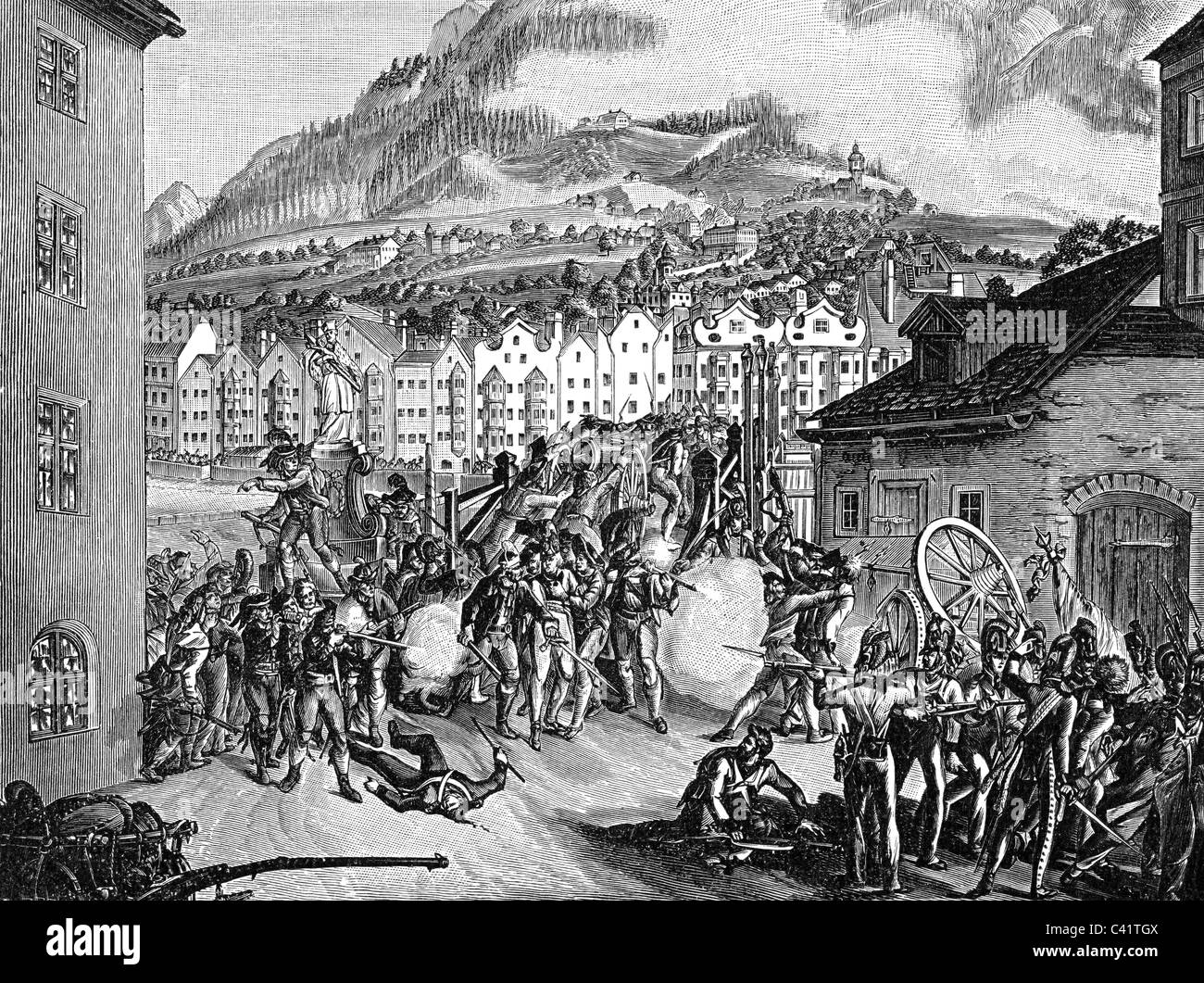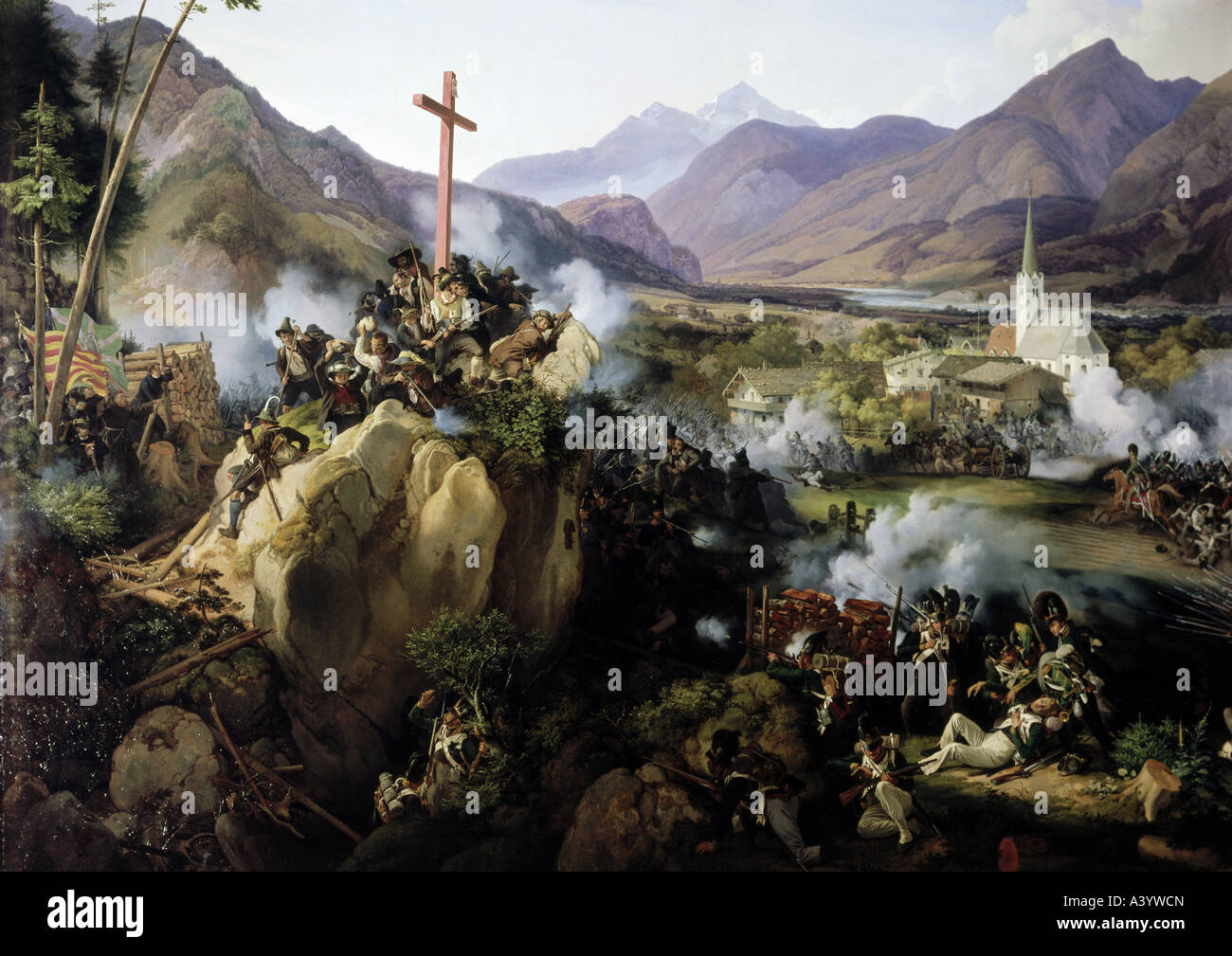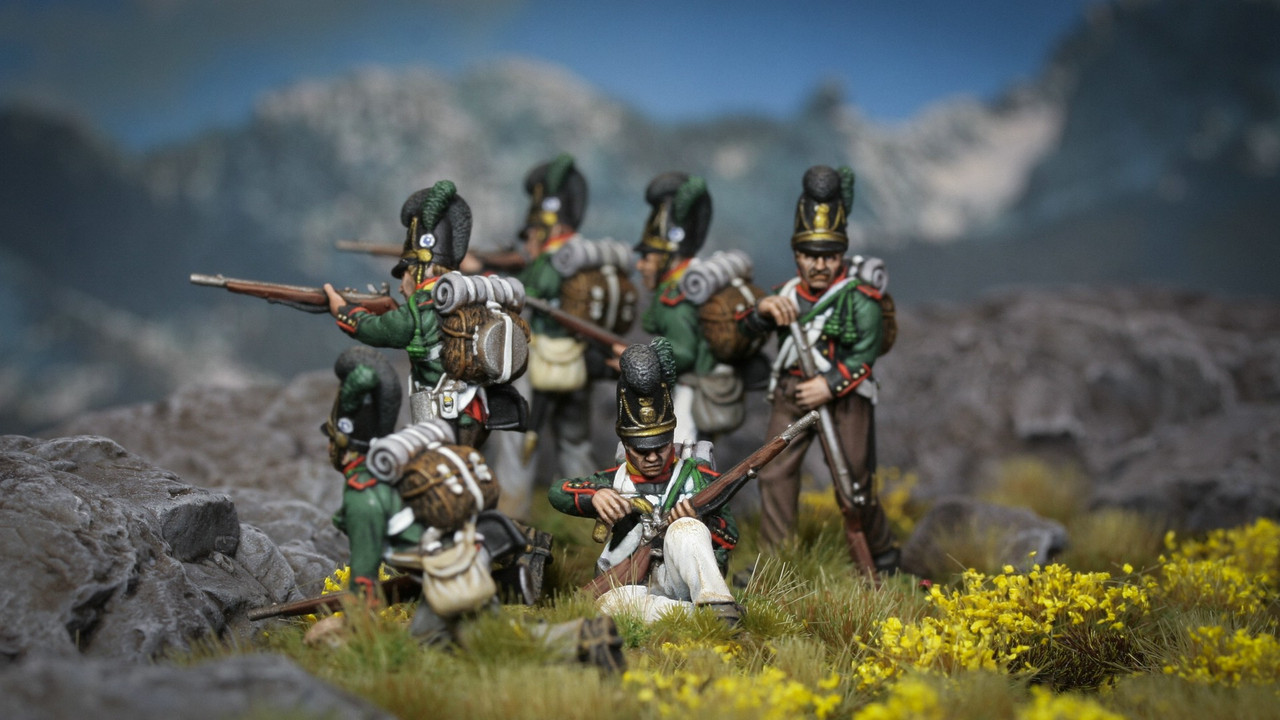Napoleonic Wars & Tyrol Rebellion: Insights & Lore
Could the echoes of the Napoleonic era still resonate today, not just in history books, but in the digital realm? The answer lies in the unexpected resurgence of a bygone age, where the clash of empires meets the undead in a unique blend of historical simulation and survival horror.
The world of the Napoleonic Wars, a period defined by sweeping changes across Europe, from the French Revolution to the rise and fall of Napoleon Bonaparte, continues to captivate the imagination. Historians and enthusiasts alike are drawn to the complex political machinations, the epic battles, and the societal shifts that reshaped the continent. Recent trends, particularly in the anglophone historiographical approach, emphasize the experiences of ordinary people: soldiers, citizens, and civilians caught in the crossfire. This focus adds depth to our understanding of this pivotal era, highlighting its impact on every facet of life.
Delving deeper into a specific narrative, one finds the unexpected fusion of the Napoleonic Wars with a more contemporary genre: the zombie apocalypse. This seemingly unlikely combination is explored within the context of a Roblox horde shooter, "Guts & Blackpowder," created by Fuze Studios. The game uniquely casts players as soldiers armed with 18th-century weaponry battling hordes of the undead. The lore surrounding "Guts & Blackpowder" posits that the zombie outbreak began during the French invasion of Russia, a cataclysmic event in itself. This premise sets the stage for a blend of historical simulation and survival horror, adding an intriguing layer to the already complex history of the Napoleonic era.
The Napoleonic Wars, driven by unresolved disputes stemming from the French Revolution, witnessed a brief period of French domination over much of continental Europe. The conflict spread, encompassing a series of coalitions against Napoleon's expanding empire. The political map of Europe was redrawn several times, with consequences that affected the daily lives of millions. The Peace of Pressburg, for example, saw Austria ceding Tyrol to the Kingdom of Bavaria, creating major shifts in regional power dynamics.
In 1805, Austria's defeat at the hands of Napoleon led to the cession of Tyrol to Bavaria, as outlined in the Peace of Pressburg. This shift saw Tyrol integrated into the Confederation of the Rhine in 1806. This change meant far-reaching reforms under King Maximilian I of Bavaria, who introduced economic, religious, and administrative reforms to the region.
This pivotal moment in history is illustrated in the table below which represents the main points of Andreas Hofer and the Tyrolean Rebellion.
| Category | Details |
|---|---|
| Name | Andreas Hofer |
| Birth | November 22, 1767 |
| Birthplace | St. Leonhard in Passeier, County of Tyrol (present-day Italy) |
| Death | February 20, 1810 (Executed) |
| Place of Death | Mantua, Kingdom of Italy |
| Nationality | Tyrolean (Austrian) |
| Known For | Leading the Tyrolean Rebellion of 1809 against French and Bavarian occupation during the Napoleonic Wars. |
| Role | Innkeeper, Leader of the Tyrolean Rebellion |
| Key Battles | Battle of Bergisel (1809) |
| Significant Actions | Captured Innsbruck (1809) |
| Background | Andreas Hofer was an innkeeper by profession, which made him a charismatic and influential figure in the Tyrolean community. His leadership stemmed from his deep understanding of the local culture, his close connections with the Tyrolean people, and his strong patriotic spirit, which were pivotal in galvanizing them against foreign occupation. |
| Political Affiliation | Supported the Austrian Empire |
| Legacy | Seen as a national hero in Tyrol, a symbol of resistance to foreign rule. His courage and determination continue to inspire. |
| Reference | https://www.britannica.com/biography/Andreas-Hofer |
This period of upheaval included the Tyrolean Rebellion of 1809 (German: Tiroler Volksaufstand). It was led by Andreas Hofer. It was a revolt of peasants against French and Bavarian troops that were occupying Tyrol, during the War of the Fifth Coalition. The rebellion, led by Hofer, showed the resilience of the Tyrolean people. Hofer became a symbol of resistance against the occupation.
The Tyrolean rebellion showcased the fierce independence of the local populace. The rebellion was marked by several key battles, including the Battle of Bergisel, where Tyrolean forces achieved temporary victories. This resistance was fueled by a desire to maintain their traditional freedoms and a constitution based on estates, which were threatened by the occupying forces. Tyrol's resistance reflected a broader resistance to French expansion, with the War of the Fifth Coalition representing a large-scale European conflict in 1809.
The War of the Fifth Coalition, a European conflict in 1809, was part of the larger Napoleonic and Coalition Wars. The main conflict took place in Central Europe between the Austrian Empire and Napoleon's French Empire. The Austrian army previously raised small units of Tyrolean sharpshooters during the Silesian Wars. These were combined later to form the Fenner Jgerkorps, which became the Tyrolean or Kaiserjger regiment in 1816.
A more contemporary representation of this history can be found in the game "Guts & Blackpowder," where Bavaria is a playable nation. The game provides a platform where players can experience different scenarios and maps based on events during the Napoleonic Wars, adding a layer of interactive historical engagement to the understanding of the conflicts. Bavaria is represented in the game with three infantry regiments and is currently playable on maps such as Berezina, Kaub and Tyrolean Village.
The Battle of Ligny, an event within the Napoleonic Wars, offers insight into the tactical strategies and the scale of engagements that defined the era. The battlefield of Ligny, located in the Kingdom of the Netherlands (now Belgium), shows the landscape where the French army moved towards a farmhouse, exhibiting the complex structures and features of the farms of the time. The strategic significance of Ligny further demonstrates the interconnectedness of events during the Napoleonic Wars.
The Peace of Pressburg, signed in 1805, had a significant impact on the geopolitical landscape of the time. It resulted in Austria ceding the County of Tyrol to the Kingdom of Bavaria, which subsequently became a member of the Confederation of the Rhine in 1806. King Maximilian I of Bavaria introduced extensive economic, religious, and administrative reforms, altering the societal fabric of the region.
The "Tyrolean Village (1814)" map in the "Guts & Blackpowder" game is directly based on the Tyrolean Rebellion of 1809, showing how historical events can be used in modern entertainment formats. Austria, motivated by Napoleon's involvement in Spain, launched an offensive against French satellites in April 1809, which initiated the War of the Fifth Coalition. Even though the French rallied, defeating the Austrians, Andreas Hofer led the Tyrolean rebellion against the French forces and Bavarian authority. This uprising was successful in defeating the French and Bavarian troops multiple times in 1809.
The loss of the War of the Fifth Coalition led to harsh terms for Austria in the Treaty of Schnbrunn in 1809. In Tyrol, the local peasantry, who had previously enjoyed considerable freedoms, saw their privileges threatened. This historical context shows the enduring impact of the Napoleonic Wars, where shifting alliances, military campaigns, and changing governance had far-reaching effects on the lives and liberties of the people involved.


